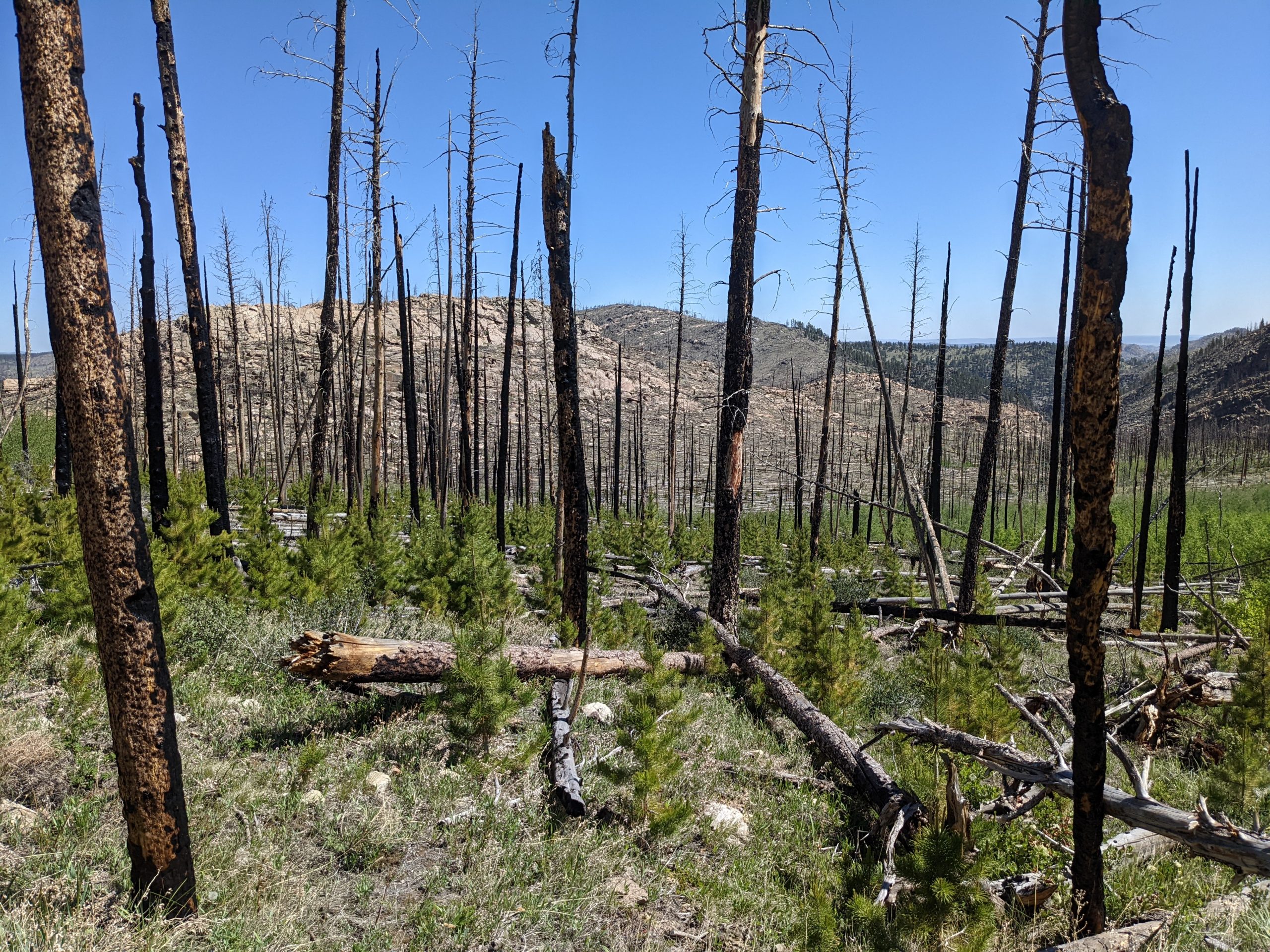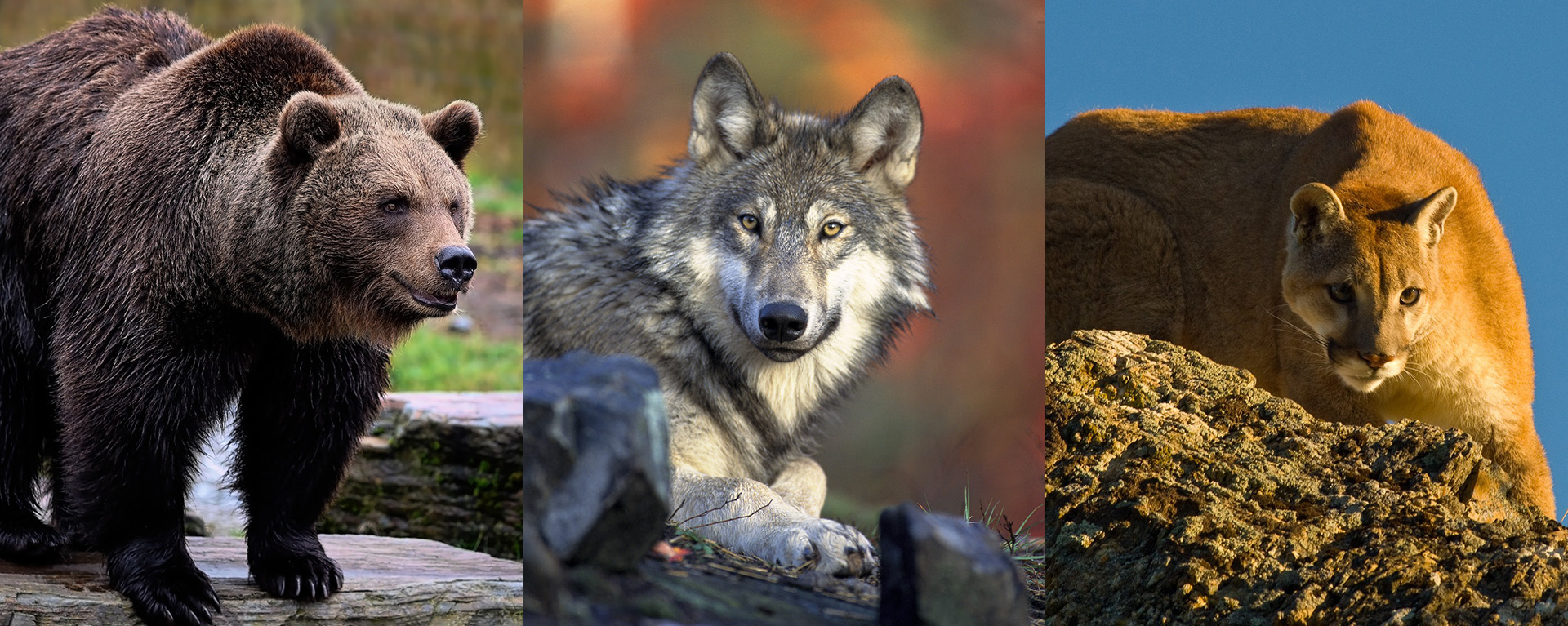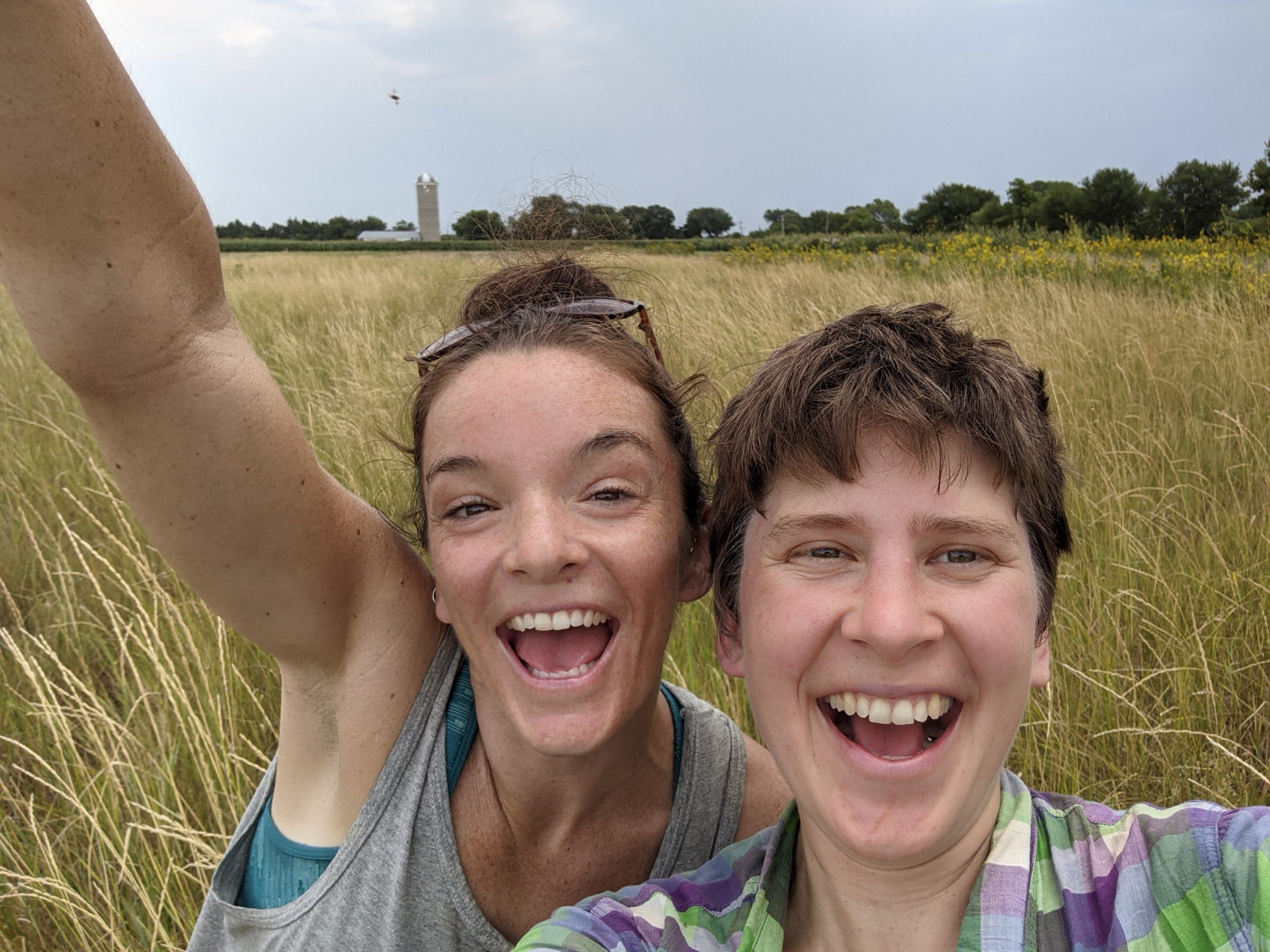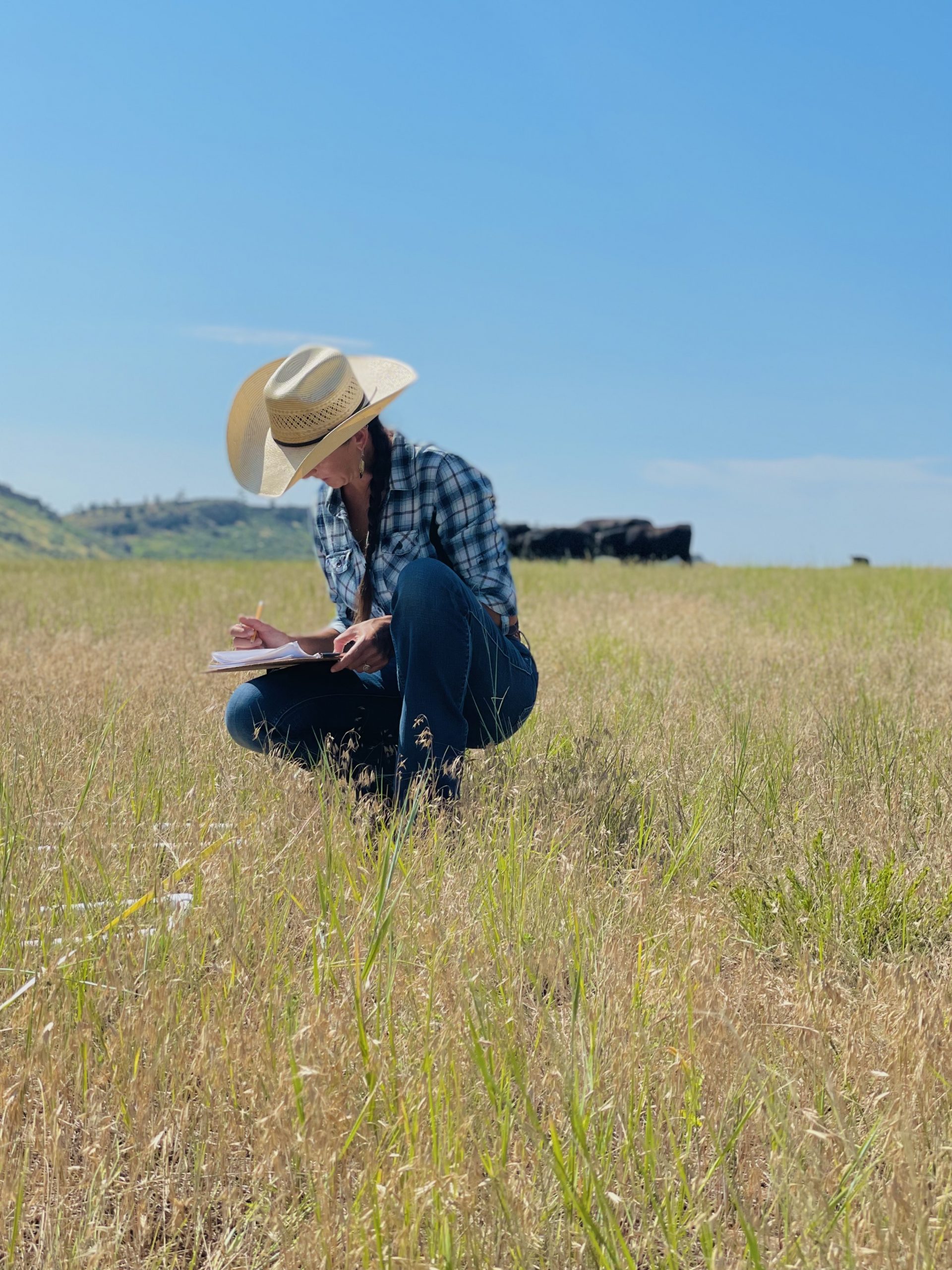Ecosystem management employs a holistic approach to manage the natural resources and ecological processes that serve our social, economic and cultural values. It relies on science-based approaches to address ecosystem stresses, and changing ecosystem components and processes at multiple scales over time.
The overarching goal of ecosystem management is to consider the entirety of an ecological system when working to conserve and restore natural resources and ecological services for present and future generations.
Introduction
Healthy ecosystems provide essential goods and services for humans and millions of other species, large and small. Ecosystems involve complex and dynamic processes and interactions that support the existence of life in its many forms. They provide food, water, and necessary resources that enable life on earth. Overtime, however, ecosystems across the globe have been degraded by human activity, which has undermined their ability to support life. Because of this, researchers at NREL work in collaboration with land managers, and policymakers to conserve and restore ecosystems through ecosystem management research and decision support.
The overarching goal of ecosystem management is to consider the entirety of an ecological system when working to conserve and restore natural resources and ecological services for present and future generations. To do this, a variety of important objectives must be prioritized, such as maintaining viable populations of native species, perpetuating evolutionary and ecological processes, and encouraging sustainable human behavior within ecosystems. Sound management requires consideration of these and other priorities, which often conflict among stakeholders across space and time. In developing management strategies that can support these priorities while minimizing conflict, ecosystem management relies on multidisciplinary scientific research to characterize the complex interactions within and across human social networks and the environments in which they operate.
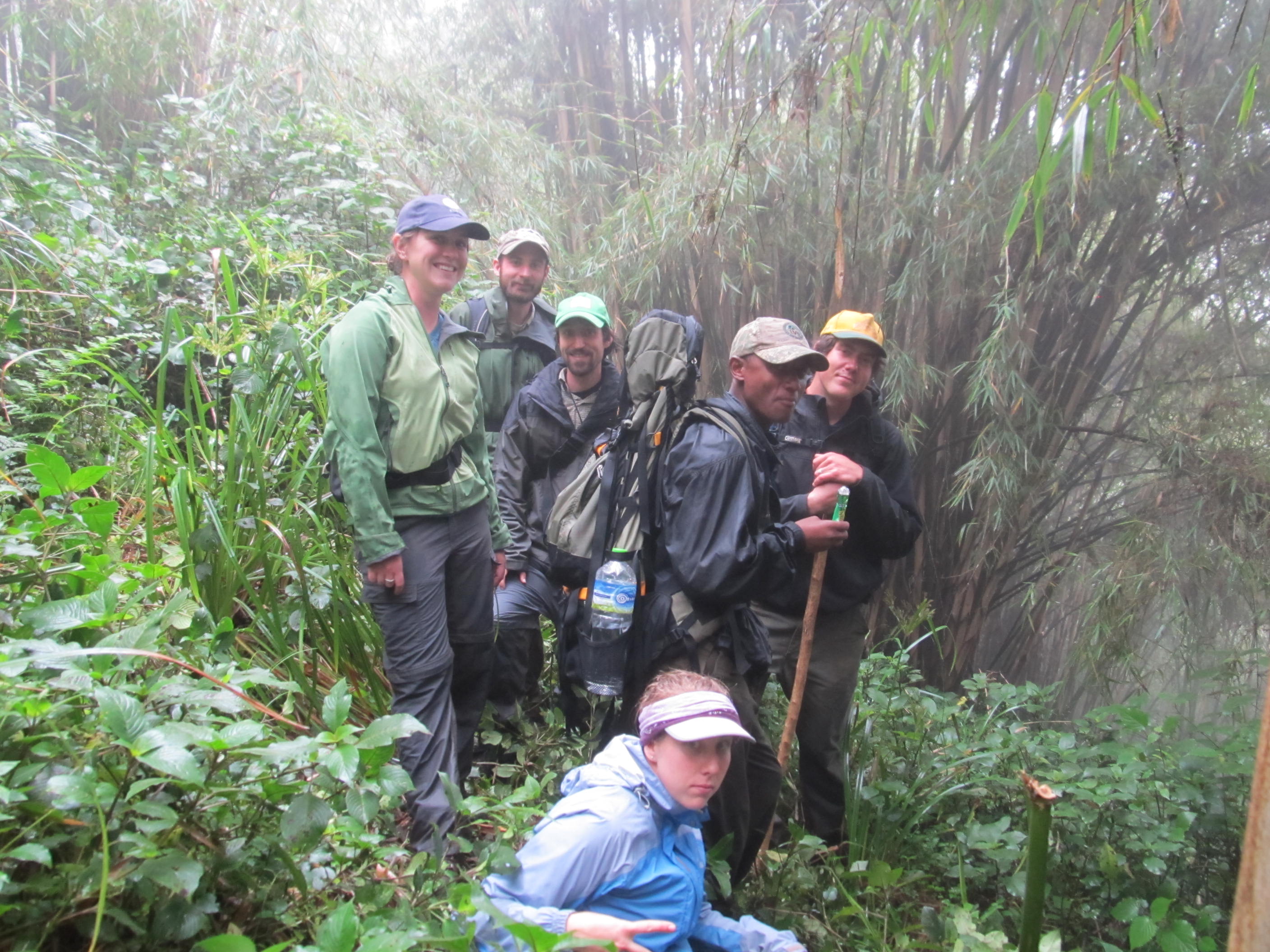
The NREL has a distinguished history of supporting ecosystem management through interdisciplinary research, stakeholder engagement, ecological modeling, and advanced spatial analysis. Studies focused on invasive species distribution and spread, fire disturbance and adaptation in our forests, managing ecosystems in a changing climate, indirect impacts of human development, and ecosystem modeling in dryland systems are all hallmarks of NREL research. These studies include the priorities and perspectives that characterize ecosystem management, utilizing methodologies at the forefront of science. The following five case studies highlight the work of NREL researchers involved with ecosystem management.
Invasive species threaten the health and sustainability of ecological systems
Determining the coverage and severity of invasive species helps stakeholders prioritize and establish management best practices.
For more than 20 years, NREL scientists Drs. Tom Stohlgren and Paul Evangelista have pioneered invasive species science in terrestrial and aquatic environments. Their research scales from local to global studies, focusing on native and non-native species interactions, the effects of invasive species on ecological processes, and the resulting impacts on livelihoods and economies. They also work to engage stakeholders through citizen science programs, and through the development of new tools, technologies, and online resources to support the early detection of and rapid response to new invasions.
NREL’s Dr. Tom Stohlgren, one of the world’s top ten publishers of scientific literature pertaining to invasive species, believes that studying invasive species is critically important because of their negative impact on the economy, environment and human health. “Invasive species damages cost the United States an average of $120 billion a year,” explains Dr. Stohlgren. “These species harm the environment by crowding out or sometimes even killing native species and have been known to spread diseases such as plague, West Nile Virus, and potentially the Zika Virus.” His research focuses on predicting where and when species invasions will occur in order to
aid control efforts. He has partnered with federal, state, and local agencies, as well as the governments of other nations to better understand the processes facilitating invasions, effects on the environment, and costs of invasive species.
Over the years, Dr. Paul Evangelista has worked closely with Dr. Stohlgren in assessing the impacts of invasive species. Currently, Dr. Evangelista’s lab, in association with the NASA DEVELOP program, uses spatial analyses to map invasive species within the Colorado River Basin. By utilizing remote sensing technologies and ecological modelling, Dr. Evangelista’s Lab has been mapping invasive Tamarix and Russian olive species coverage along the entire riparian corridor of the Colorado River Basin. Dr. Evangelista notes that this is the first time a detailed mapping effort of this scale has ever been done for an invasive species. Their work covers 6 states and utilizes more than 50 Landsat satellite images. The final product will provide a comprehensive map for stakeholders to assess vegetative cover, and prioritize specific ecosystem management best practices to conserve and restore the Colorado River Basin.
Identifying best management practices to maintain ecosystem resilience in the face of climate change
Using science to start a conversation among stakeholders affected by climate change.
The changing climate affects ecosystems in many ways. Dr. Brian Miller, a research ecologist with NREL and staff member of the North Central Climate Science Center, models future scenarios of how rangelands and other ecosystems will be affected by climate change and resource management actions. This project aims to identify different ways that natural resource managers can adapt to these changes and deal with the uncertainties associated with climate change. Located in the Southwest of South Dakota, this project is a collaboration involving federal agencies and tribal partners, and engages local stakeholders by hosting scenario-planning workshops in which different climate change scenarios are presented and described.
Dr. Miller explained that, “at the beginning, some folks were perhaps skeptical of our approach, but by the end of the workshop, several of those folks were up in the front, telling others how important the information was, and how climate may affect their management”. From the scenario planning workshops, stakeholders had the ability to take ownership of the planning process, and become more engaged in the accompanying simulation modeling work. Their work on this project and others has provided a large body of scientific research to assist in climate-smart planning across the North Central Region of the United States.
Fire Disturbance in Forested Ecosystems
Responding to bark beetle epidemics across North America
Over the past few decades, wildfires and bark beetle outbreaks have dramatically altered forest structure throughout most of Western North America. The impacts of these large and severe disturbances on ecosystem processes and biological resources have been studied in great depth at NREL. For example, Dr. Bill Romme documented spatial patterns and temporal trends in the re-growth of forest vegetation over 25 years following the 1988 Yellowstone fires. This research revealed that Rocky Mountain forests were remarkably resilient to those particular fires and to the kinds of fires that burned historically in that region, with very rapid recovery of pre-fire species composition and ecosystem processes such as nutrient cycling.
However, more recent fires are burning with shorter intervals between each event, and are being followed by warmer temperatures than occurred historically. These warmer temperatures alter vegetative regrowth and encourage the proliferation of the tree-killing bark beetle. Dr. Romme is currently conducting new studies to evaluate whether these Rocky Mountains ecosystems will maintain their resilience in the face of changing climate and increasing fire frequency.
Indirect Human Impacts on Ecosystems
Human activities may create an unsuspected impact on neighboring ecosystems.
Dr. Jill Baron is founder and lead scientist on long-term ecological research and monitoring of Loch Vale Watershed in Rocky Mountain National Park, a study that has been used to develop policies related to nitrogen emissions in Colorado. Nitrogen is a byproduct of energy production, transportation, and food production, and can harm ecosystems when present in large amounts. Dr. Baron’s work focuses on the deposition of atmospheric nitrogen in rain and snow within the national park, specifically how nitrogen cycles through ecosystems and what happens when nitrogen deposition is increased. By sharing decades of scientific results with the National Park Service, Dr. Baron’s research identified environmental changes from too much nitrogen in mountain ecosystems.
In response, the National Park Service, in collaboration with the EPA and the State of Colorado, developed a plan to reduce emissions of this pollutant in order to reverse the damage and restore park resources. The Agriculture Subcommittee of the Nitrogen Deposition Reduction Plan highlights preventative measures and community involvement to decrease nitrogen at its sources, including power plants, dairies, large animal operations, farms, cars and trucks in the region. One component of this plan includes bringing various stakeholders together to prioritize actions that farmers, ranchers, and dairy owners can take to reduce ammonia emissions. Dr. Baron believes that this coalition has enabled stakeholders to find practical solutions and improve management to help decrease nitrogen emissions.
Savanna Ecosystems in East Africa
Vegetative productivity in ecosystems and their effect on pastoral communities
Pastoral communities, which often lead nomadic lifestyles maintaining herds of livestock, rely on healthy ecosystems to support their livelihoods. However, as a result of human development, grazing areas are often fragmented, creating additional stressors to a landscape threatened by fire and drought. Because of this, many pastoral communities seek to find ways to adapt to the changing landscape.
In East Africa, NREL scientists have modeled savanna drylands to better understand ecosystem processes, productivity, and response to threats. Through defining the network of biological interactions, these studies have taken an ecosystem-focused approach, to assess pastoral ecology as a whole. NREL’s Dr. Michael Coughenour built a systems ecology and vegetation model to assess the entirety of the ecosystem. This research improves the overall understanding of how herbivory affects vegetation, and is useful for ranchers, pastoralists and wildlife managers who manage and derive ecosystem services from domestic and native wildlife herbivores. These stakeholders also benefit from an improved ability to understand and estimate the carrying capacity of large herbivores in rangeland ecosystems in order to develop a more productive and sustainable system. Additionally, this research
improves the understanding of potential conflicts between human land use and wildlife, and the likely impacts of climate change on savanna drylands.
Back in Colorado, Dr. Dave Swift used findings from previous research that identified stress responses deer experience during famine periods to better understand how herbivores in savanna drylands adapt to long periods of drought. His research uncovers how animals react when nutrition is inadequate to support a growing population, and has been used to better understand how pastoral communities manage their livestock in periods of ecological stress.
By studying the management practices of pastoral communities, Drs. Coughenour and Swift were able to inform pastoral communities about ecosystem responses to different grazing habits. The results were shared with local communities, empowering them to maintain or change whatever habits would best facilitate optimal ecosystem health.
